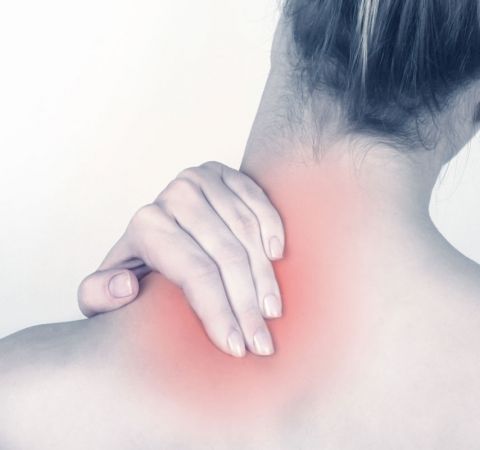Arthritis and Stenosis
Wear and tear occurring over time as we age can lead to bony changes in the joints and bones (vertebrae) of the neck. These bony changes, along with poor posture, can cause bone spurs that rub and irritate the surrounding tissues.
When the spurs protrude into the holes on the side of the neck where the nerves exit (foramen), or the central spinal cord canal, this is called spinal stenosis. Spinal stenosis can be central stenosis or foramenal stenosis. Both can cause a variety of symptoms, from chronic pain, to numbness and tingling into the arms.
People with osteoarthritis in the neck can experience chronic pain, stiffness and limited range of motion when turning their head and looking up. Pain may be worse in the morning or after prolonged sitting.
People with rheumatoid arthritis can suffer with neck pain. It is very important for people with rheumatoid arthritis to maintain strength in their neck, shoulder, and postural muscles. This is because a very important ligament in the upper neck often weakens with rheumatoid arthritis and can be a serious health risk if injured.
How our physiotherapists can help
Physiotherapy plays an important role in the treatment of neck arthritis. Our physiotherapists will assess your range of motion, joint mobility, strength and posture. From there, we determine the best plan of treatment, which may involve gentle hands-on therapy to restore joint range of motion, soft tissue mobilization to improve muscle mobility, exercises to improve range of motion and strength of the neck, as well as postural re–training. Book an appointment today so that our physiotherapists can help you get back to enjoying your normal activities again!
